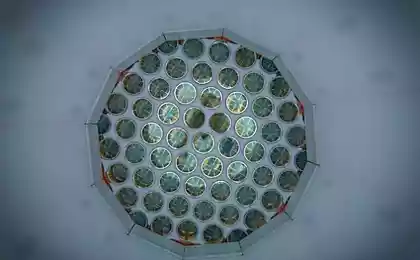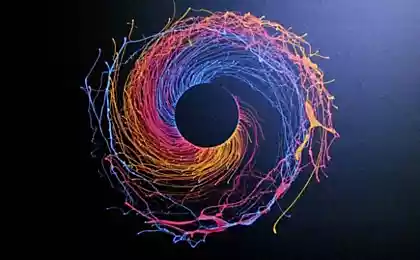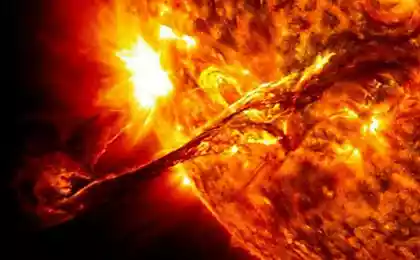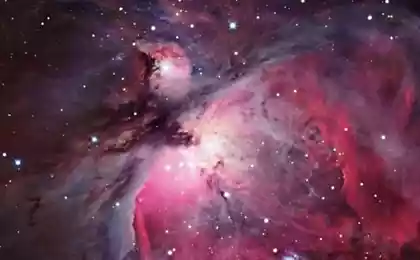454
New particle: matter and antimatter in one bottle

Since the 1930s, scientists have searched for the particle, which simultaneously would represent matter and antimatter. Recently, physicists have found strong evidence of the existence of such a particle inside a superconducting material. This discovery may represent the first so-called mairanovsky particle and will help researchers encode information for quantum computers.
Physicists believe that each material particle is the opposite of antimatter with the same mass, but opposite charge. When matter meets antimatter, they annihilate, that is, destroy each other. However, some particles can be their own antimatter, as suggested in 1937, Italian physicist Ettore Majorana. For the first time since scientists started talking about that found one of these particles, and as reported in Science on October 3.
New mairanovsky particle showed up inside a superconductor, a material in which the free movement of electrons allows electricity to flow without resistance. The research team led by Ali Yazdani of Princeton University placed a long chain of iron atoms (which are magnetic) on top of a superconductor made of lead. In the normal state magnetism violates the principle of working of superconductors, since the absence of a magnetic field allows the electrons to flow freely. But in this case the magnetic chain turned into a special type of superconductor in which adjacent in the chain the electrons coordinated their spins to simultaneously satisfy the requirements of magnetism and superconductivity. Each of these pairs can be considered as an electron and an antielectron, with a negative and positive charge respectively. This arrangement, however, leaves one electron at each end of the chain with no neighboring pair, causing them to take properties such as electron and antielectron — in other words, Majorana particles.
Unlike particles, which are found in the vacuum not related to a different matter, these Majorana particles are called "emergent particles." They arise from the collective properties of the surrounding substance, and cannot exist outside of the superconductor.
A new study shows a convincing signature of Majorana particles, says Leo Kouwenhoven from the Technological University of Delft in the Netherlands, who was not involved in the study, but previously found signs of Majorana particles in a different superconductor.
"But in order to speak of full proof, I think you should do a DNA test — he means that such test must show that the particles do not obey the usual laws of the two known classes of particles — fermions (protons, electrons and other familiar particles) and bosons (photons and other vectors of force, including the Higgs boson). — What we know about the "Majorana" is the fact that they are a fundamentally new class of particles. And if you find a new class of particles, you simply add a new Chapter in physics".
Physicist Jason Alicea from the California Institute of technology, also did not participate in the study, said the study offers "compelling evidence" of Majorana particles, but "we have to keep in mind possible alternative explanations — even if they are not obvious." Plus the fact that the installation for the production of the elusive Majorana particles was quite simple. This means that scientists soon will be able to confirm or refute the finding.
The discovery of Majorana particles can have serious consequences for the search of such particles outside the superconducting material. Many physicists suspect that neutrinos — the lightest particles, in a strange way changing its essence, or fragrance are Majorana particles, and further experiments will shed light on this conjecture. Now that we know Majorana particles can exist inside superconductors, it is no surprise discovery and beyond. Once the General concept is confirmed, it is likely to confirm in another example.
This discovery can also be useful for building quantum computers that use the laws of quantum mechanics, and promise to significantly speed up calculations, bypassing traditional computers. One of the main issues in building a quantum computer is the transfer of quantum properties like entanglement, which will lead to collapse in the event of external intervention. Majorana particles at each of the ends of the chain will be immune from such a danger as it can lead to the destruction of any coded information. Based on Majorana particles, it will be possible to construct a quantum bit (or qubit), which will be much safer all produced so far.
Source: hi-news.ru
In the UK, found a hoard of 22 thousand Roman coins
The effect of soothers: why we push the buttons that don't work























